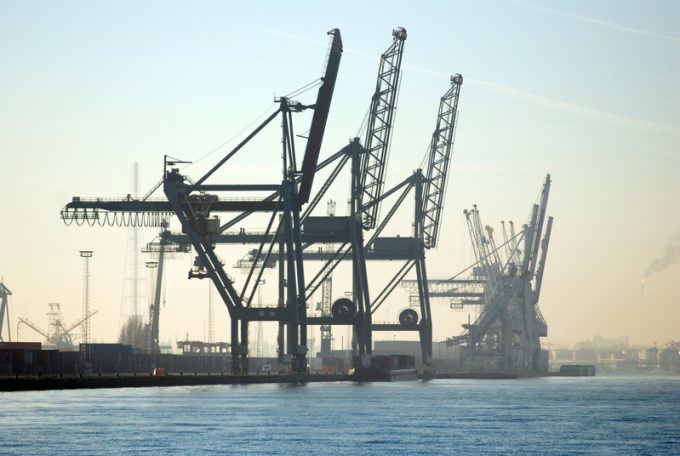CPATPP may save UK exporters from Canada free trade deal failure
For UK automotive manufacturers, a new trade route to Canada beckons – via the Pacific. Not ...

Just 12 weeks before THE Alliance is launched on the Asia-North Europe container shipping trade, the UK ports for its five loops are yet to be named.
Formed by Hapag-Lloyd, Yang Ming and the Japanese trio of K Line, MOL and NYK, the vessel-sharing group announced its ‘base-plan’ port rotations on 8 November, following that of then rival grouping Ocean Alliance the previous week.
Meanwhile, according to a new Drewry report, the reduction of alliances from four to three in April will not alter the aggregate number of loops in the Asia-North Europe and North Atlantic trades.
The Ocean and THE alliances will offer 11 service loops for Asia-North Europe and seven for the North Atlantic – the same as currently from the G6, CKYE and Ocean 3 alliances.
Drewry claims this brings to a halt the trend of reduced service frequencies at North European ports – a major concern for shippers – from the unrelenting industry consolidation of the past few years.
Indeed, despite the reformation of four alliances into three, the number of port calls in North Europe served by the 2M, Ocean and THE alliances will fall by just one to 70 a week, according to Drewry’s analysis.
The substantial increase in the number of box exchanges per port call, exacerbated by the new ultra-large container vessels (ULCVs) running significantly off schedule, has caused major congestion problems for Europe’s container hubs, both in terms of berthing and landside delays.
In their pro-forma network publications, both the Ocean and THE alliances stressed the importance of schedule reliability and The Loadstar understands that, unlike recent previous network changes, the ports have been consulted.
Come April, container lines will have had several months to fine-tune their schedules, taking into account service speeds and expected turnaround times of the ships that are to be deployed on the services, a ‘luxury’ that has been absent in the frenetic past few years with the chaotic introduction of untested ULCVs.
Comparing the third quarter of 2015 with the same period last year, five loops offered by the four alliances, including the 2M, had been removed to more closely match supply with demand. The consequence was “significant changes in the number of loops per week calling at individual ports”, said Drewry.
In comparison, Le Havre and Rotterdam lost four and six loops respectively and Zeebrugge lost its only east-west loop. However, the big winner among the North European ports was Antwerp, which gained two loops, helping it to achieve a record 10m teu last year, representing a 4.2% year-on-year growth.
However, Drewry also warns North European ports that they are “not out of the woods yet”, in terms of coping with the impact of ULCVs, given that the three new alliances will receive another slew of these behemoths this year, ousting smaller tonnage deployed.
Comment on this article